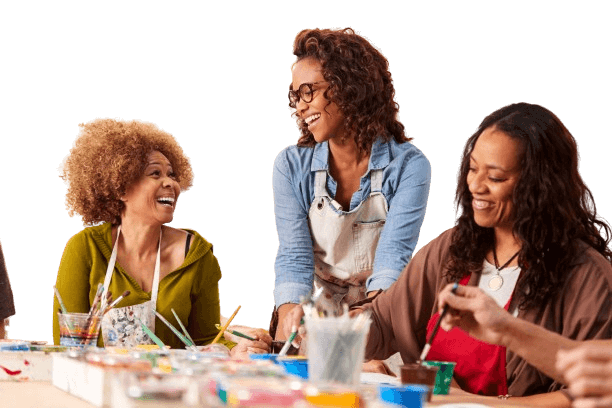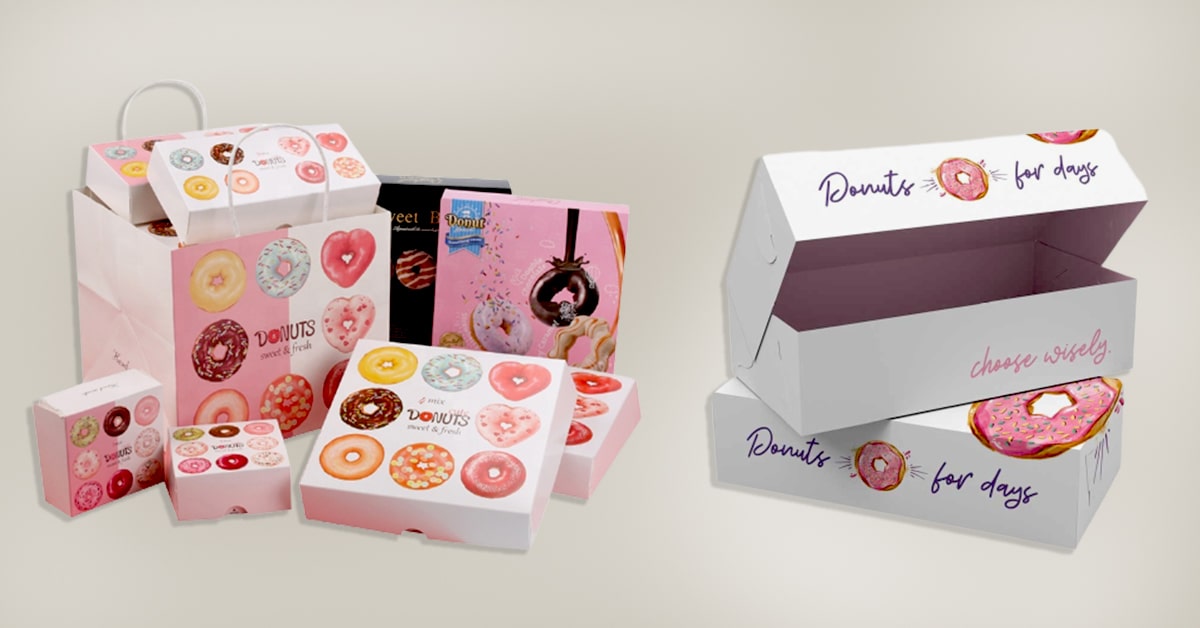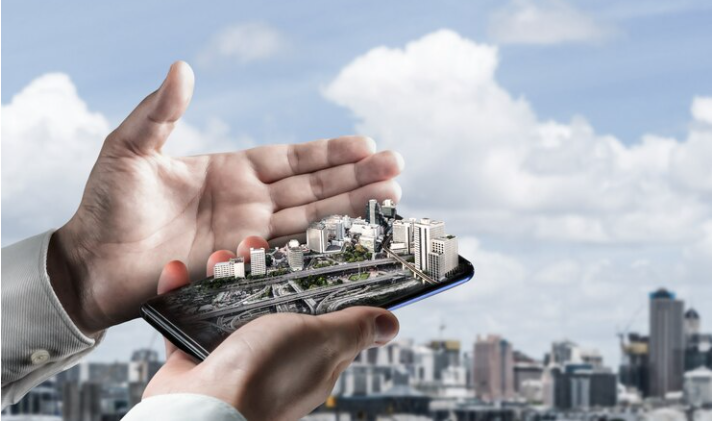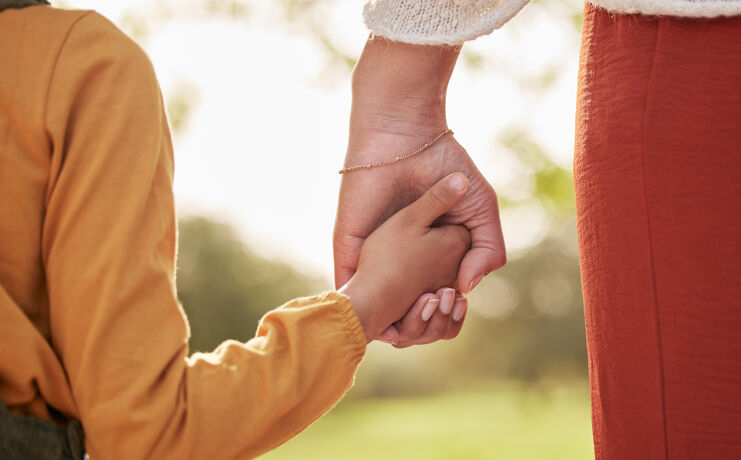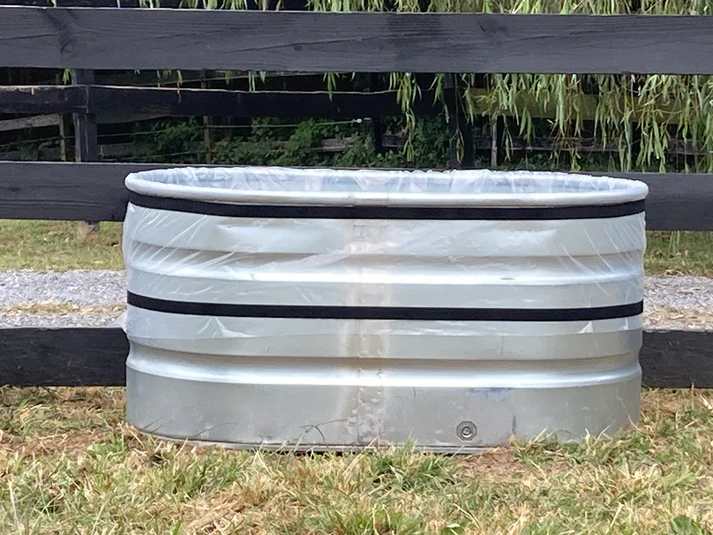Communication and collaboration are essential ingredients for a successful, cohesive team, but fostering these qualities requires more than just meetings and emails. In today’s fast-paced corporate world, effective teamwork hinges on genuine connection, mutual understanding, and open dialogue.
Art-based team-building activities offer a unique and refreshing way to nurture these skills, providing an engaging environment where team members can connect, communicate, and collaborate on a deeper level.
In this blog, we’ll explore the benefits of art-based activities in enhancing team bonding, promoting open communication, and strengthening collaboration. Discover how creative projects can lead to real improvements in workplace dynamics and offer valuable lessons to bring back to the office.
The Need for Effective Communication and Collaboration in the Workplace
Strong communication and collaboration are essential for business success. When team members communicate openly, they work more efficiently, make better decisions, and innovate with ease. In an interconnected work environment, the ability to collaborate effectively is crucial for achieving common goals and staying competitive.
Despite its importance, effective communication is often one of the greatest challenges in the workplace. Miscommunication, misunderstandings, and lack of engagement can create friction, decrease productivity, and lead to missed opportunities. Addressing these barriers is critical for fostering a positive, cooperative environment.
How Art-Based Activities Facilitate Open Communication
Art-based activities provide a relaxed, creative setting that breaks down social and professional barriers, making team members feel more at ease. In this environment, people are more willing to open up, communicate freely, and form connections that might not happen in the office.
Art projects encourage participants to express ideas visually, which is especially beneficial for teams with diverse communication styles. By interpreting others’ perspectives through artwork, team members learn to understand non-verbal cues, expanding their ability to communicate beyond words.
Collaborative art projects naturally create moments for feedback. Team members learn to give and receive constructive feedback within a supportive and creative setting, building confidence in sharing their ideas and respectfully considering others’ input.
Strengthening Collaboration Through Group Art Projects
Art-based team-building activities, like group painting or collaborative sculpting, rely on teamwork and mutual support. Participants must work together toward a shared goal, emphasizing the value of each person’s contributions in bringing the project to life.
Team art projects often require quick thinking and collaboration to solve challenges, such as merging different ideas into one cohesive piece. This dynamic environment allows teams to practice creative problem-solving in real time, which can translate directly to workplace projects.
Art-based activities reinforce the idea of shared responsibility, where each team member plays a crucial role in the project’s success. This fosters a sense of unity and emphasizes the importance of each individual’s contributions to the larger team.
The Non-Traditional Setting as a Catalyst for Innovation
Moving outside the traditional office setting to an art studio fosters fresh thinking and new perspectives. This change of environment helps team members break free from routine and approach challenges with open minds.
In the relaxed atmosphere of an art studio, employees feel less inhibited and more open to sharing their ideas. This freedom allows them to express creativity and develop a collaborative mindset, which can be applied back in the office.
Creative exercises help team members step outside of their regular roles, fostering a sense of equality and shared purpose. By engaging in art-based activities, participants shift their mindset from a task-oriented approach to one focused on creativity and shared goals.
Real-Life Examples of Improved Communication and Collaboration Through Art
Numerous companies have seen real benefits from art-based team-building activities. For example, some organizations report increased team engagement and more open lines of communication following creative retreats, with participants noting improved relationships with their colleagues.
Measurable outcomes, such as increased team engagement scores, along with positive participant feedback, demonstrate the lasting impact of art-based team building on communication and collaboration. Employees often return to the office with a stronger sense of connection and trust.
Tips for Integrating Art-Based Team Building into Your Corporate Culture
Choose activities that align with team goals and dynamics. For example, a collaborative mural can be ideal for fostering cooperation, while pottery might be great for encouraging patience and hands-on collaboration.
Integrating art-based activities regularly into team-building programs can create a lasting impact. Consider holding periodic creative sessions or annual art retreats to keep these benefits alive.
Encourage teams to carry lessons from art-based team building back to the workplace. Creating a space where team members feel empowered to communicate and collaborate openly supports a vibrant, thriving company culture.
Conclusion
Art-based team-building activities in Dubai offer a fresh approach to improving communication and collaboration, helping team members connect on a deeper level while breaking down barriers, encouraging non-verbal communication, and fostering mutual respect.
Investing in creative team-building activities can have long-term positive effects on workplace dynamics. By cultivating an environment of openness and creativity, companies can strengthen their teams and support a culture of innovation.
For a unique, inspiring team-building experience in Dubai, consider Picasso Artists Art Studio’s tailored programs to bring out the best in your team.

